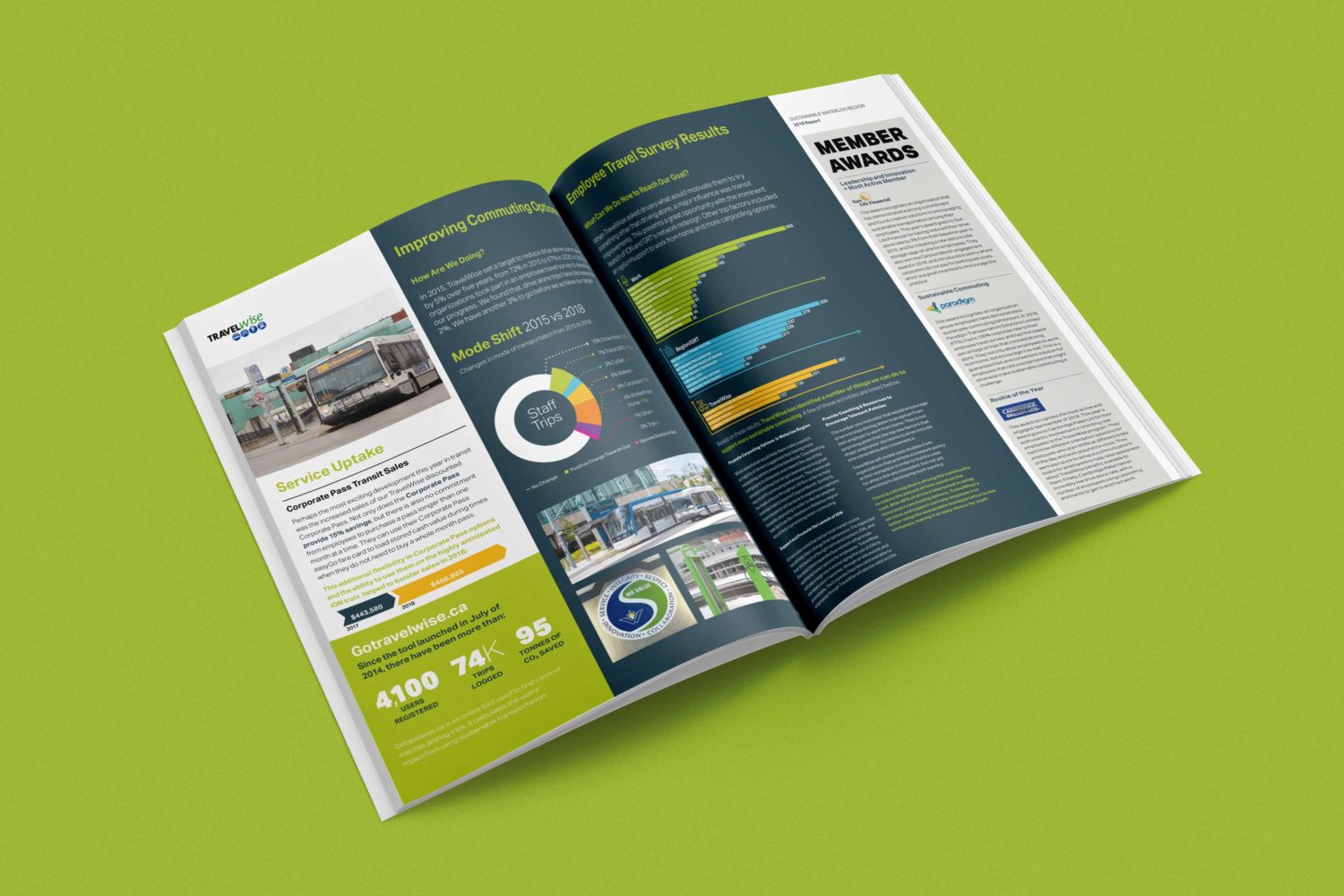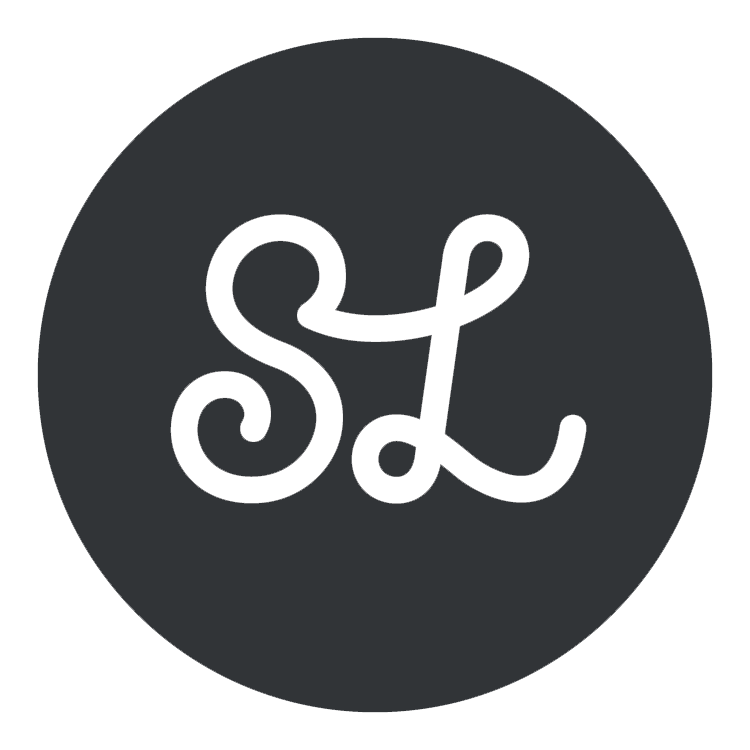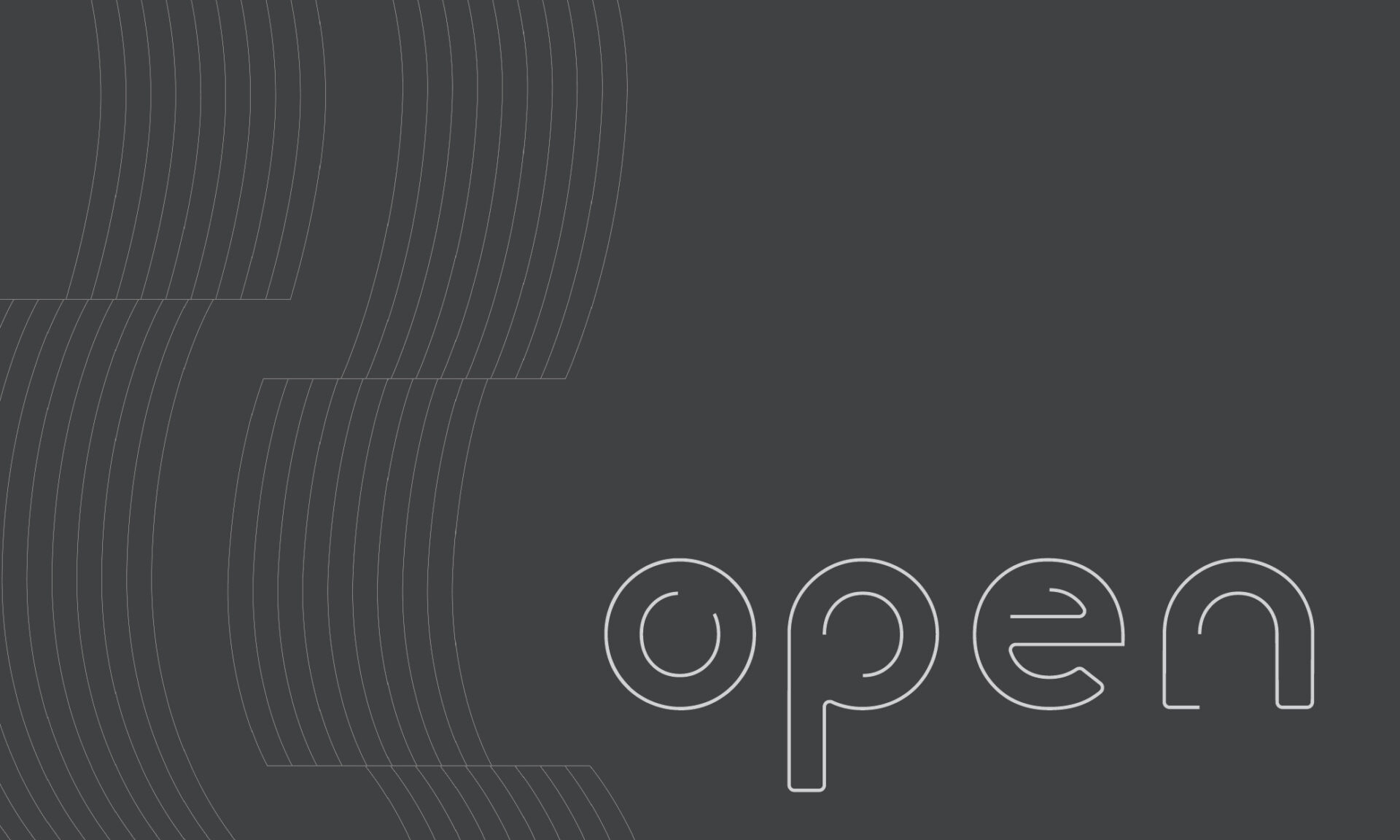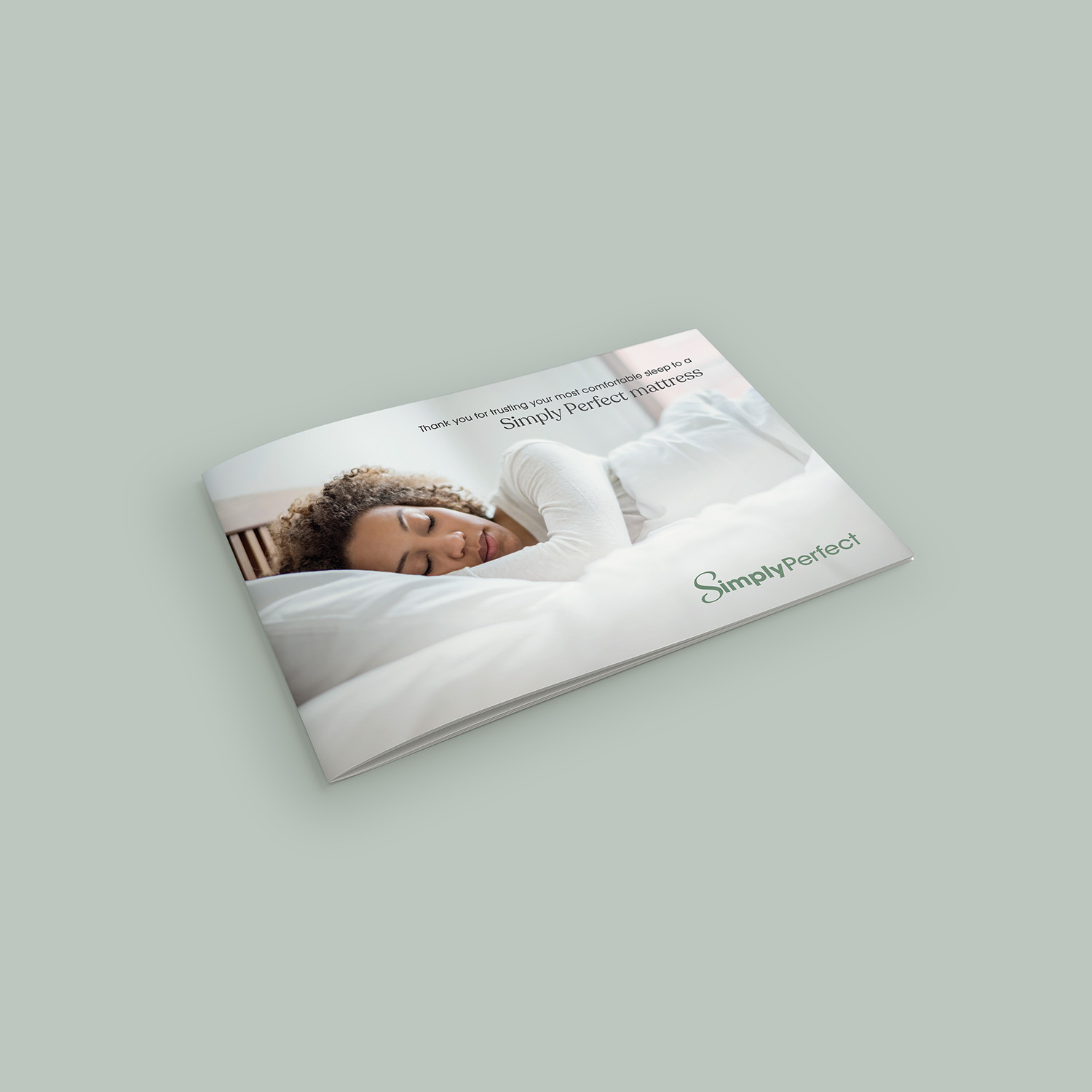Sustainable Waterloo Region Case Study
Sharing success stories that inspire and lead sustainable activities
The Backstory:
The idea for Sustainable Waterloo Region (SWR) began 10 years ago from research projects at Wilfred Laurier University’s School of Business. It included the potential for a not-for-profit aimed at helping organizations achieve carbon reductions through support, networking, best practices, education and more.
With a vision for an environmentally and economically resilient community that prioritizes the wellbeing of current and future generations, SWR’s first educational forum was hosted in January 2009 with over 200 people in attendance and the idea came to fruition!
Since then the organization’s many volunteers and members have used their passion for building sustainable business and community practices. This contagious passion has seen membership grow each year. With a focus on energy (including waste and water), mobility and green buildings, their ideas and programs have also inspired countless projects within the Region’s private and public organizations. These initiatives have also been presented at both the provincial and federal levels to further inspire and share proven sustainable practices and organizations.
The Ask:
SWR is an organization with a small staff focused on running its programs, building awareness and increasing membership. To support this core team, multiple volunteers help in creating event materials and marketing communications over the course of the year. With many different volunteers designing communication pieces, SWR needed something that would provide visual guidance for materials. They also needed to establish a benchmark that volunteer designers could follow. They came to Studio Locale and together we determined that the Year End Report would be the perfect piece to not only double as a visual brand guide, but also to further support their membership goals as an invaluable marketing / business development tool.
The goals for the finished pieces were to:
- Give the year end report an exciting visual refresh and present the content in more digestible bits. This would encourage readership of the incredible activities and accomplishments of the previous year
- Elevate the design to present well to leaders in the business community, as well as to local, provincial and federal governments
- Present the stories, facts and member results in a compelling, easy to understand manner
- Produce the yearly reports with no additional environmental impact or print costs from previous years
- Continue to use 100% post consumer content paper
What we delivered:
The first year saw some heaving lifting to set up a report template that would work for the next few years. This involved starting with reorganizing the overall flow of the sections as well as the stories and facts within each to allow some visual “space” on the pages. This adjustment makes the information much more digestible and understandable for readers.
With the framework for the report set, we could focus on developing a visual. For each year, we would sit with the team to understand the organization’s focus for the coming year and how it related to the activities of the past year.
Keeping with their existing colour palette, each year built on the previous visually while supporting their theme for the year. Sustainable Waterloo Region received:
- A new visual look and feel each year based off of their year end theme
- Yearly reports, each one visually unique that had longevity to support marketing activities throughout the year
- Well thought out, coherent year end reporting
- By the numbers section was reorganized to make understanding easier
- Showcasing of the member results allows them to shine and feel proud of their accomplishments over the past year. Rethinking how these results are showcased presented them in a more clear manner, giving them each the level of recognition they have worked so hard to achieve.
- Introduced icons, tightened colour and font use to create a more cohesive feeling going through the report, year over year
- A tight, clear, presentation of their team’s stories and its members accomplishments over the past year and future goals.
- An impactful spread / fold out that highlighted all of the results from the previous year to show member progress towards their targets
You can see more from each year end report below:
What happened next:
Sustainable Waterloo Region has heard nothing but positive feedback on the reports. Their professional appearance has supported the extremely professional approach the organization takes towards its programs and partnerships. As the team works closely with a number of different groups within the region, the report has given them additional credibility in the sustainability space as they work through new initiatives and bring on new members.
Specifically, the member reporting section, fondly referred to as the ‘baseball cards’, has been a huge benefit for the team. The ability to graphically present measurable results against specific targets demonstrates the significant impact its members are having on greenhouse gas emission, waste and water reductions.
The reorganization of the content by each program has meant that the program teams have marketing material specific to their individual areas as well. No longer are they needing to pull together a separate piece, relying on volunteers or partners to create it. Each program receives an isolated PDF of their pages to share and send out as needed. And the continuity between all of the programs further strengthens the organization’s overall brand.
For SWR’s members, the enhanced recognition each receive in the report has led to greater value for their membership. The report is now a piece that they can use to demonstrate their efforts towards sustainability and how they are driving a culture of positive action and change.
The report is also being used beyond Waterloo Region by other organizations to show what is possible when it comes to supporting sustainability within a community, how to engage its members and encourage them to implement impacting changes and how to measure that impact.
Industry
Not For Profit
Discipline
Year end report, marketing materials
Project team
Ceri Higgs
Erynn Hayden
Jessica McLachlan
Phil Mondor
Robin Mondor
Interns
Sebastian Bailey
Ceri Higgs
Tanner Garniss-Marsh
Jessica McLachlan
Myah Stover


November 20, 2023
Our first open giveback project
June 15, 2022
Simply Perfect
Reinforcing a local consumer product with an e-commerce website and digital campaign





